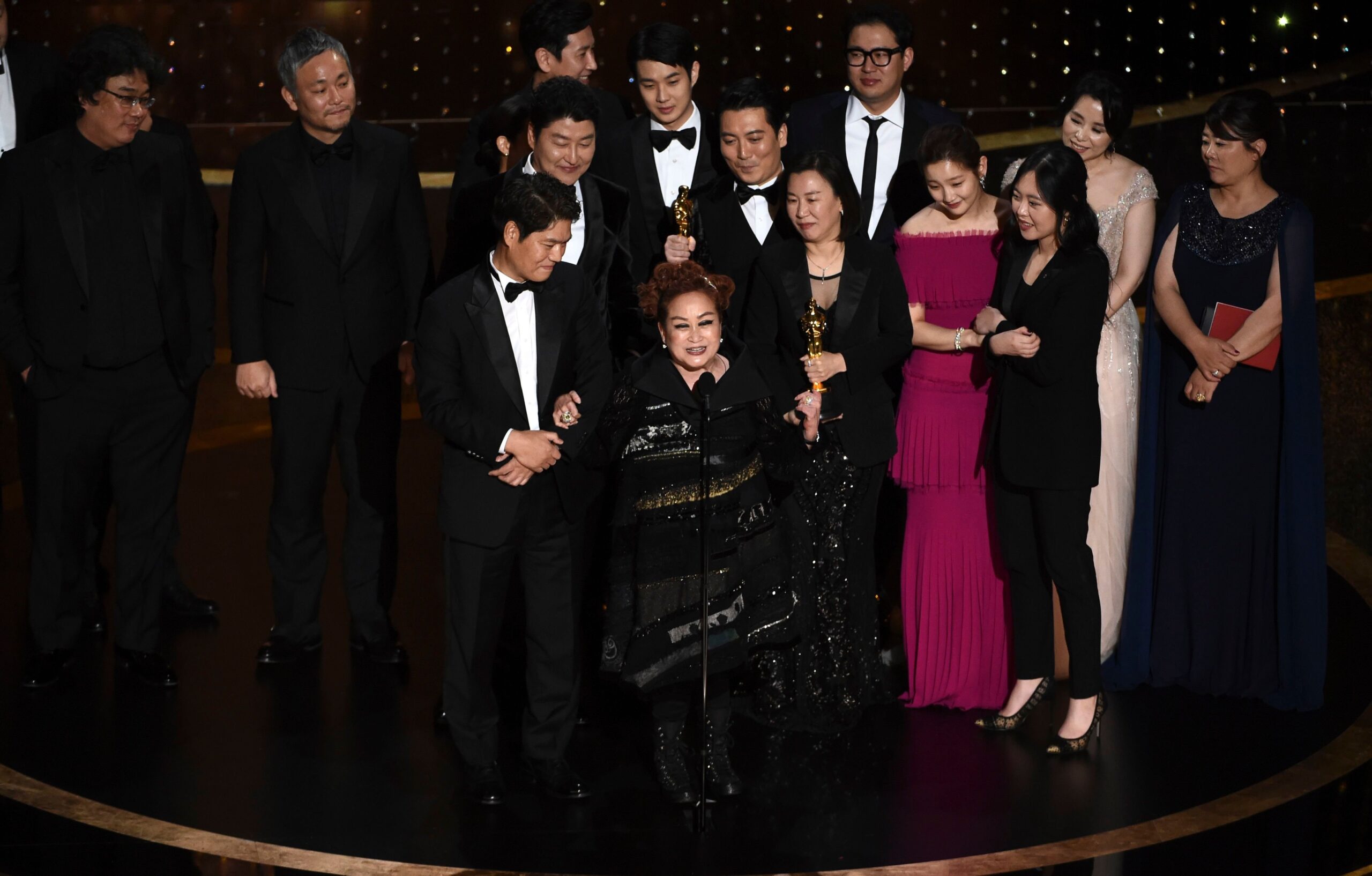As is the case with many of the United States’ most-viewed award shows, the Academy Awards have never really been known for their inclusivity.
Despite Parasite‘s record-breaking sweep back in February (marking the first non-English-language film to take home Best Picture), the Oscars have historically favored the white and the male, to put it lightly. Finally, the Academy is actually trying to do something about the rampant homogeneity of their nominees.
Just a month before the 92nd Oscars aired this year, Issa Rae offered a rather fitting commentary while announcing the nominees for Best Director: “Congratulations to those men.” Those unforgettable, evergreen words came five years after the #OscarsSoWhite hashtag first took off, evidencing that only marginal improvements have been made in the diversification of Oscar nominees and the team who picks them.
This week the Academy of Motion Picture Arts and Sciences—the team behind the Oscars—announced a new initiative called Aperture 2025 with a goal to “encourage equitable representation on and off screen in order to better reflect the diversity of the movie-going audience.”
Under this new initiative, films must meet at least two of four standards before being considered for a Best Picture nomination at the Oscars. The first category of standards focuses on the cast, stating the film must either feature a lead actor in an underrepresented racial or ethnic group, 30 percent of its general cast must be from underrepresented groups, or its main storyline must be centered on underrepresented groups.
Similar rules apply to the creative leadership and project team, apprenticeships and internships, and representation in marketing, publicity, and distribution. These standards will go into effect for the 2024 Academy Awards.
These requirements certainly aren’t perfect; it’s telling that these standards offer no mention of inclusivity for LGBTQ+ or disabled people in a film’s lead role. There are certainly loopholes to be found in these criteria; but even still, these rules aren’t difficult to meet.
It’s not too much to ask for someone to create a film with a cast and crew that isn’t entirely composed of white, straight, able-bodied men. As Kyle Buchanan of The New York Times pointed out, plenty of previous Oscar winners meet these criteria already. The Irishman and Marriage Story would still qualify, though they don’t necessarily appear to be diverse.
The new Oscar standards are pretty bare-minimum, but unfortunately they won’t be a miracle-solver. While previous Oscar-nominated films like The Help, Hidden Figures, and 2019’s Best Picture winner Green Book all prominently feature Black characters, their screenplays are shrouded with white saviorism (not to mention all three of those films were directed and written by white people). Diversity standards aren’t enough to prevent films like these from doing well come award season, and “diversity” doesn’t equate to proper representation.
However, Parasite‘s four wins earlier this year—though it seems like an eternity ago at this point—marked the potential for a visceral shift in American cinema. Though health crises have halted much of the film industry (the 2021 Oscars have already been postponed by two months), the excitement surrounding Parasite and its victories have shown that many Americans can love foreign films just as much as films made on their own turf—much to Trump’s dismay. It’s disappointing that the Academy failed to give due acknowledgement to recent films like Just Mercy, Us, Luce, Clemency, and The Farewell, which prove that great movies made by underrepresented groups are abundant.
Movies have the potential to shape an entire country’s culture and start revolutions. While we’re out protesting for equal opportunity in the streets, it’s long past time for the silver screens to catch up—hopefully, these new Oscar standards will help filmmakers think more critically about the stories that are being told.
Related Articles Around the Web













